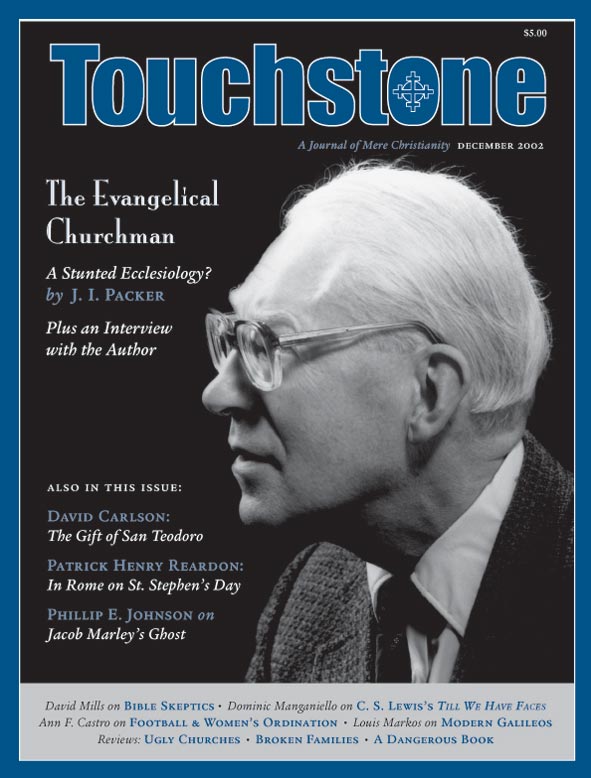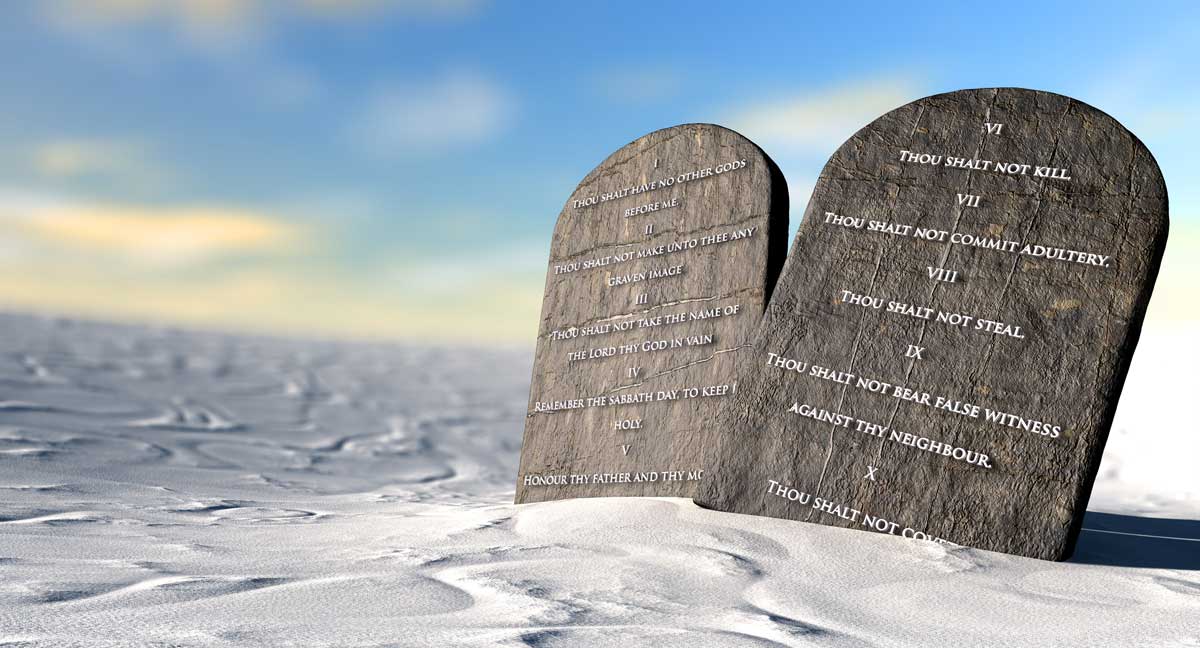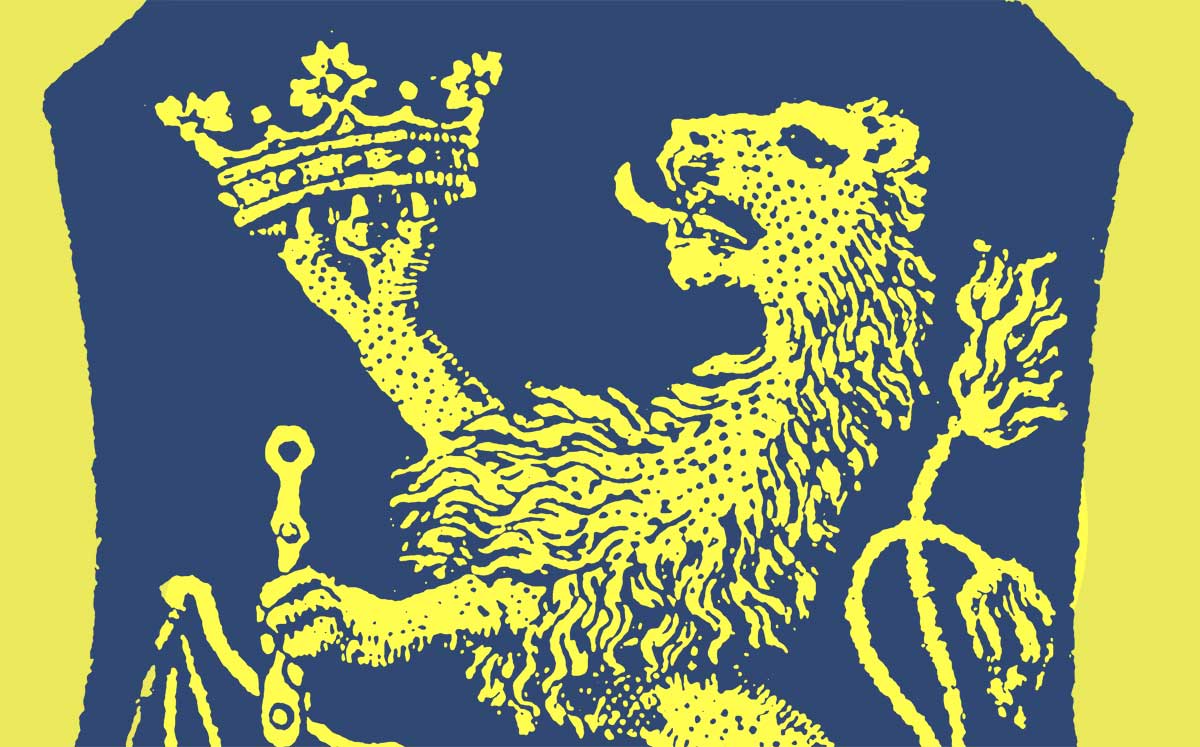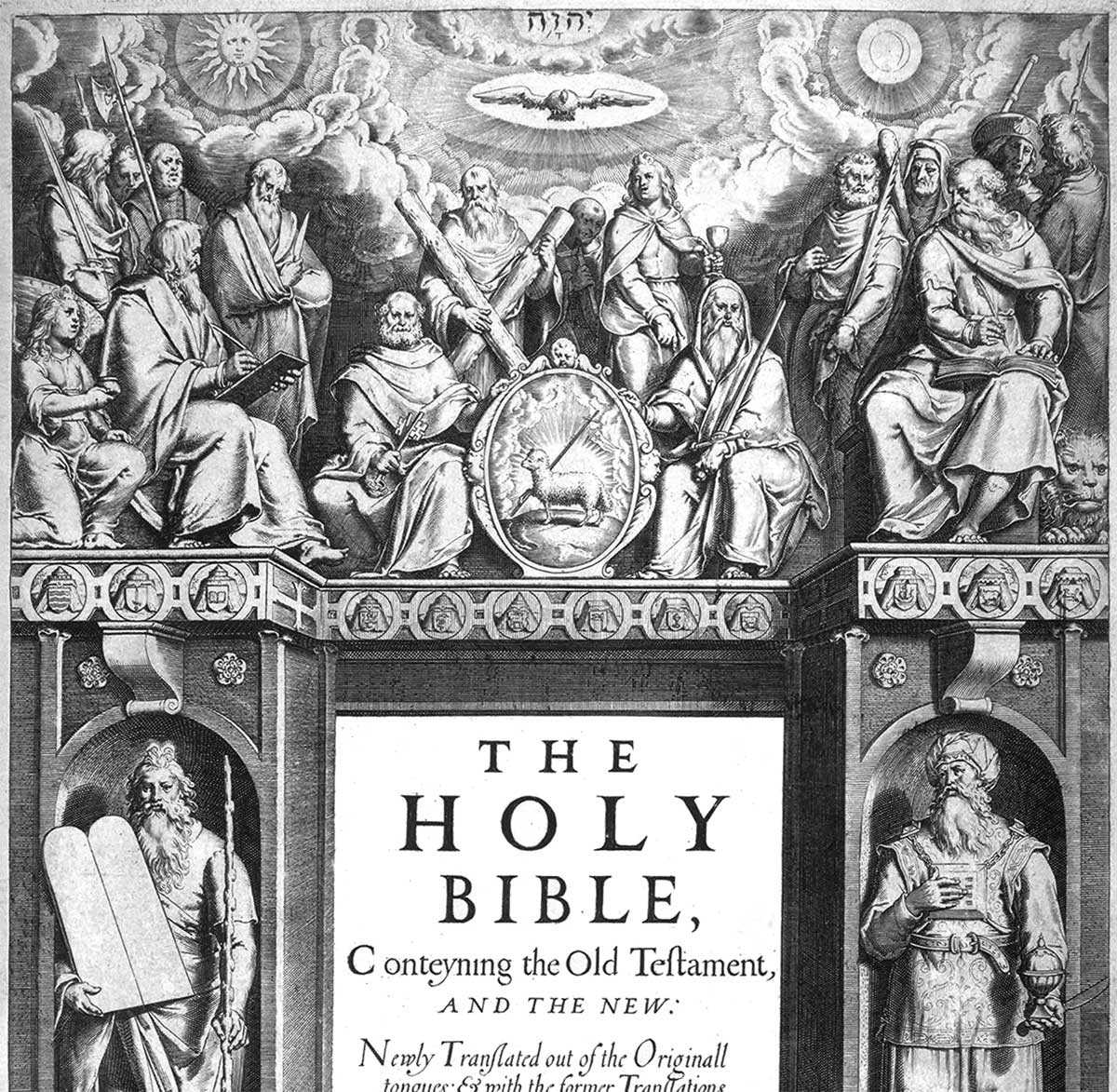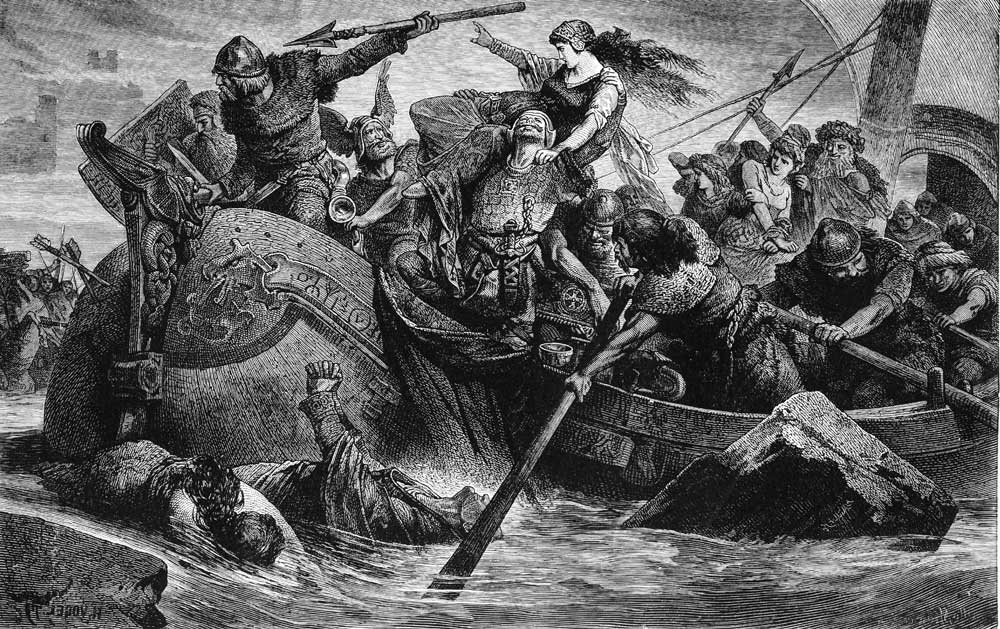The Mythic Christ
Frazer’s Dying God in C. S. Lewis’s Till We Have Faces
by Dominic Manganiello
The Golden Bough, published in several volumes between 1890 and 1915, captivated the modern literary imagination at the very moment when, in Lionel Trilling’s words, “the most massive and compelling of all stories of resurrection had lost much of its hold upon the world.”1 For the high modernists, James Frazer’s epoch-making account of ancient myths about a dying and reviving god signalled the eclipse of biblical grand narrative and its gospel truth. Even the young C. S. Lewis at first imbibed the relativistic spirit of the new anthropology. “All religions, that is, all mythologies to give them their proper name,” he wrote in 1916, “are merely man’s own invention—Christ as much as Loki.” Christianity was therefore a supreme fiction, “one mythology among many.”2
THIS ARTICLE ONLY AVAILABLE TO SUBSCRIBERS.
FOR QUICK ACCESS:
subscription options
Order
Print/Online Subscription

Get six issues (one year) of Touchstone PLUS full online access including pdf downloads for only $39.95. That's only $3.34 per month!
Order
Online Only
Subscription

Get a one-year full-access subscription to the Touchstone online archives for only $19.95. That's only $1.66 per month!
bulk subscriptions
Order Touchstone subscriptions in bulk and save $10 per sub! Each subscription includes 6 issues of Touchstone plus full online access to touchstonemag.com—including archives, videos, and pdf downloads of recent issues for only $29.95 each! Great for churches or study groups.
Transactions will be processed on a secure server.
more on C. S. Lewis from the online archives
more from the online archives

24.6—Nov/Dec 2011
Liberty, Conscience & Autonomy
How the Culture War of the Roaring Twenties Set the Stage for Today’s Catholic & Evangelical Alliance by Barry Hankins
calling all readers
Please Donate
"There are magazines worth reading but few worth saving . . . Touchstone is just such a magazine."
—Alice von Hildebrand
"Here we do not concede one square millimeter of territory to falsehood, folly, contemporary sentimentality, or fashion. We speak the truth, and let God be our judge. . . . Touchstone is the one committedly Christian conservative journal."
—Anthony Esolen, Touchstone senior editor





